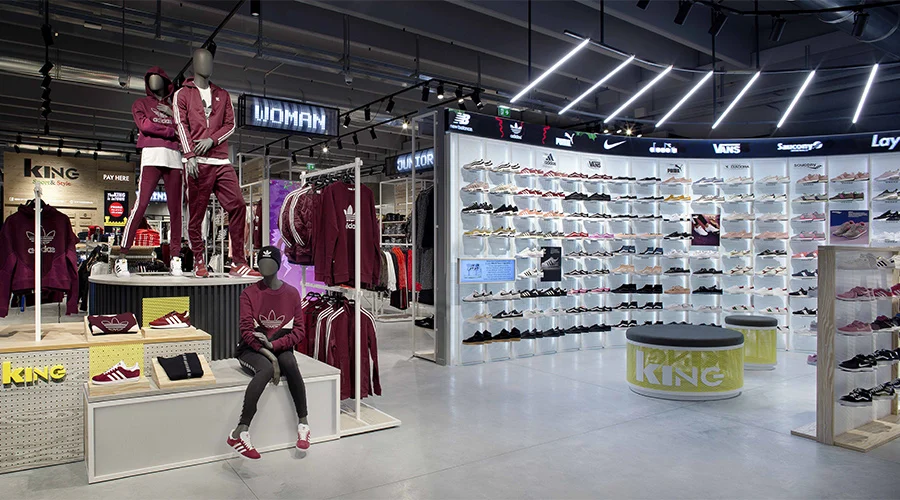Enter the new era of retail, where successful businesses are as dynamic and flexibly designed as the modern consumer’s lifestyle. The way a store is designed can shape a customer’s happiness, loyalty and purchasing behavior. This is not just about fancy displays or stylish décor—it’s about creating holistic environments that stimulate sensory experiences. Let’s delve into the tangible and psychological effects retail store design has on customers and how it’s a significant segment of a larger industry experience.
Sensory Experience in Retail
Retail spaces should be designed not just to sell products, but to sell an experience.
Visual Stimulation
One method to capture customer attention is through visual presentation. A visually stimulating store can create a lasting impression that keeps the customer coming back.
Auditory Considerations
Sounds, or the lack thereof, play an integral role in a customer’s experience. The right music genre can enhance the mood, while voice and noise levels can be either soothing or jarring.
Tactical Involvement
Physical touch is equally effective in influencing a customer’s purchasing decision. Encouraging customers to feel and try products can drastically improve their shopping experience.
Store Layout and Customer Flow
The arrangement of your store impacts more than you might think.
Utilizing Space Effectively
The retail store design services consider spatial aspects like store size, shelf height and aisle width. These may seem trivial, but they significantly determine the customer’s ease of movement and comfort.
Streamlining the Customer Journey
An intuitive store layout guides the customers smoothly from one section to another, subtly encouraging them to explore more products. This consideration for easy navigation results in a pleasant shopping experience, subconsciously persuading customers to stay longer and discover a wider variety of products.
Strategically Positioning Products
Where a product is placed in a store can positively influence its sales. Retail design tactically places high-demand or high-margin products in highly visible or high-traffic areas, understanding the pivotal role of the ‘product’s location products perception’ correlation in boosting overall sales.
Emphasizing Brand Identity
A store is a physical personification of the brand and should be designed to reflect its character. The portrayal of a brand’s identity through its store design breathes life into the abstract concept of a brand, giving it a solid presence in the real world.
Aligning Store Design with Brand Image
A consistent brand image across all platforms, including physical stores, fortifies the brand’s identity in the customer’s mind. By embedding the brand in the physical components of the store design, the brand’s image is consistently verified, amplifying its credibility to the customers.
Communicating Brand Values
From product displays to in-store communication, every element of a store should tell the brand’s story, portraying its values and ideals. The comprehensive replication of the brand’s core attributes in each facet of the store design creates a more profound, well-rounded brand narrative.
When the store design stands as a symbol of the brand’s essence, it fosters an emotional bond with the customers and imprints a vivid memory in their minds. This symbolic representation breeds familiarity and empathy, strengthening the recall value of the brand and inspiring trust and loyalty among the customers.
Building the perfect retail space is both an art and a science. With advanced architectural tools such as Revit Services, design ingenuity combines with technical precision, bringing to life aesthetically pleasing and functional stores that offer delightful customer experiences.
Conclusion
The retail store design is a subtle yet powerful tool that can greatly affect a customer’s perception and response to the brand. It extends far beyond mere visual appeal, engaging all senses and narrating the brand’s tale in the process. From the sensory experience to store layout and brand identity, each aspect of the retail store design should be carefully crafted to deliver a coherent, positive customer experience. Integrating these arts can collectively enhance customer satisfaction levels, increase their loyalty, and ultimately, reinforce the brand’s success. Embracing architectural innovations and retail design services can elevate and refine this process, truly personifying the store as a “customer’s second home.”


